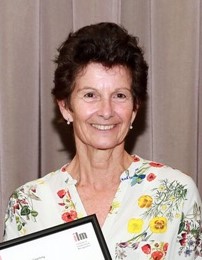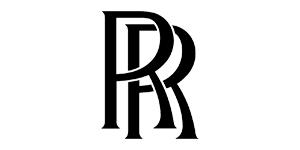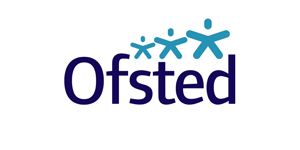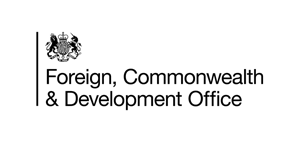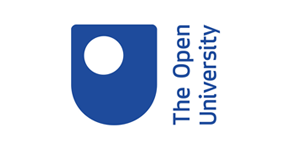How Can Coaches Exploit Vulnerability Effectively to Help Their Clients?
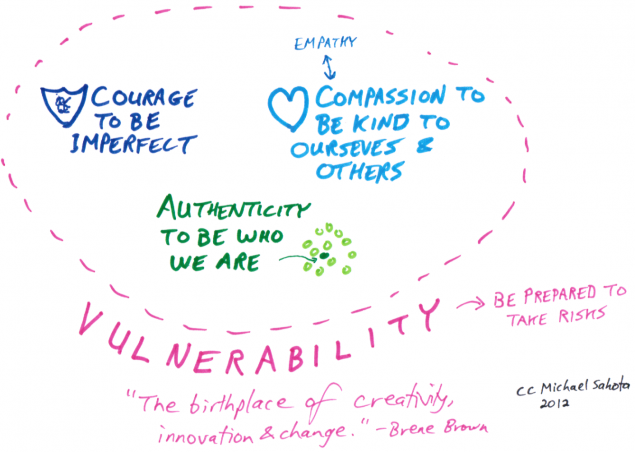
According to Brene Brown, (in her book, “Daring Greatly: How the Courage to be vulnerable transforms the Way We Live, Love, Parent and Lead”) vulnerability is “uncertainty, risk and emotional exposure” but it is also, “the birthplace of love, belonging, joy, courage, empathy and creativity.” I would agree with all those things but would also include a particular sensitivity which, when challenged in a positive way, can help a person to acknowledge and absorb really valuable insights to their thinking, vulnerability then becomes a source of strength and comfort.
There is an excellent TED talk on YouTube by Ms. Brown entitled, “The Price of Invulnerability” which I listen to regularly for a number of reasons.
First of all, because it has so much to say about the social and psychological challenges of living in today’s world. Brene describes the process she refers to as, “losing our tolerance for vulnerability” as a result of what she calls “scarcity” – the overwhelming feelings of “never……..enough” (fill in the blanks with any or all of the following – good, rich, powerful, perfect, popular, extraordinary etc). This has resulted a tendency to hijack potential happiness by putting obstacles in our ability to appreciate moments of joy, because we cannot cope with the risk that a) the joy may be short-lived and b) that what comes after will be at best disappointing, at worst catastrophic (you are about to go on a well earned holiday with a loved one and all you can think about is what if the plane crashes??). Her argument is that, while vulnerability has a “dark” side involving feelings of shame, doubt and fear, it is also the only way that we can be open to joy, gratitude and true connection in our relationships with others, whether personal or professional. She maintains that from vulnerability comes creativity by which I believe she means that an openness to take risks (associated with vulnerability) allows for innovative and creative thinking. When we talk about taking risks, these must of course be management, and this can only be done effectively in an environment of trust, during a coaching conversation for example. The risks would include something as simple as being stretched out of one’s comfort zone, which for many people will feel uncomfortable as to me risk is accompanied by the unknown, always a frightening prospect.
One of the strategies she offers as a way of dealing with this inability to “face” vulnerability is to “allow ourselves to be seen” in order to “allow things to happen, and this, in my opinion, is where coaching can play a part. If we do not allow ourselves to be seen (and by inference therefore, to be vulnerable), then the change that is the fundamental underpinning of coaching cannot take place. This openness to vulnerability must, however, be demonstrated by the coach as much as the client or coachee. The creation of that “safe space” is an integral part of the coaching process and it is the responsibility of the coach to ensure that that space is maintained with integrity and authenticity. In other words vulnerability can only be a valuable tool for the client if it is managed in an atmosphere of trust, a trust which must be respected above all else. Simplistically, if that trust is broken then the client will not make themselves vulnerable enough to meet the challenge of change.
In the context that the recognition of vulnerability can provide opportunities for creativity, I would argue that If the client feels secure enough to engage in and demonstrate an acknowledgement of their own vulnerability, then a fertile ground is provided for real creative thinking, and a truly open mindset.
Another aspect of vulnerability which could be exploited by the coach is in the context of taking responsibility and being accountable. By enabling the client to acknowledge and have strategies to deal with potential obstacles to achieve their goals, there is an inherent recognition of the power vulnerability can wield.
Busyness and business have only one letter to differentiate them – we need to be mindful that the former does not become a substitute for the latter. When coaching in the corporate world, I would argue that there will be many clients who are struggling with this and would agree with Miss Brown’s assertion that in today’s world, “we just stay so busy that the truth of our lives can’t catch up.” That ability to be vulnerable enough to simply “be fully present in the moment” seems to me to be a powerful reminder of its potential and how we ignore or try to beat it to our peril. It is an ability that the coach needs to bring to every coaching conversation in order to best serve the client’s needs.
